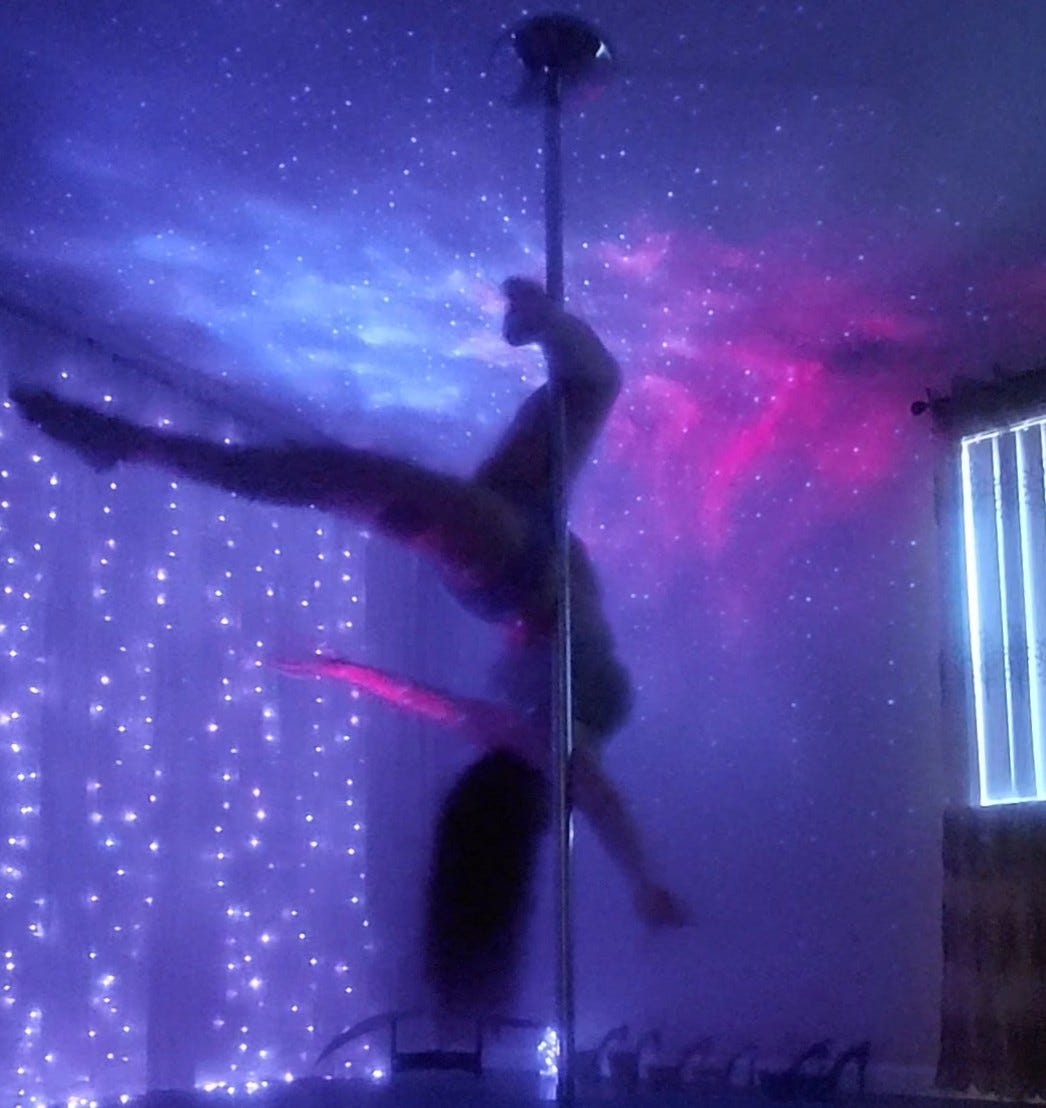My new psychiatrist (who I started seeing because I moved out of range for my old psych) gave me a homework assignment: complete the Creyos Neurocognitive Assessment. First of all, I dislike taking tests. When I was grading undergrad university assignments, tests were sometimes easier to grade than essays, but I always felt bad proctoring tests because I could feel the stress emanate from the students as they filled in their blue books. Tests are anxiety-producing machines. I was surprised (and anxious) that the Creyos test I took did not include reading comprehension or writing. And disappointed, but not surprised, that the test didn’t include dance.
My psych described the Creyos test as a very boring video game. (And I’m not good at most video games.) The tasks mostly involve numbers and shapes. I felt confident doing the two tasks that revolved around words: the one grammatical reasoning test, as well as a concentration test called Double Trouble. I haven’t gotten my results back yet, but I’m sure I scored the highest on these two because the website will stop you if you miss too many questions and move on to the next task. But I wasn’t stopped; I was able to run down the timer on these two tasks. All the other tasks would end because I would answer incorrectly too many times before the timer ran out. I struggle with numbers and spatial reasoning.
But in dance, I don’t struggle with musicality (the counts of the dance aligning with the beats of a song) or spatial reasoning. In other words, I can translate numbers into movement and I don’t crash into other dancers. I have good proprioception; I’m aware of what the different parts of my body are doing. I can easily mirror or mimic what a dance teacher is doing (as long as the movement is within my skill set). While I prefer improvisation, I can pick up and remember choreography pretty well. And my brain enjoys these challenges.
Furthermore, many studies (a couple are linked here and here) have shown that dance improves the health of the brain, as well as helps regulate emotions and process trauma. For instance, dance has been shown to improve the structure and function of the brain in seniors; it can lower the risk of dementia. Dance has been used to treat Parkinson’s Disease. Overall, dance supports cognitive functioning. So why is dance only a remedy, something that improves the mind, but not an axis for evaluating the mind’s current condition?
The programming for the online Creyos test would have to include something like the programming for Just Dance or Dance Central (a couple video games that I am truly good at). There would have to be a camera tracking movements, or sensors that track movements (like the Wii-motes), and a system in place that compares the tracked data with the original choreography. This is much more complicated than the existing technology in the Creyos test, which involves clicking answers on screen and tracking those clicks. The easiest way to track cognitive function by using dance is to have someone who knows the choreography watch the test-taker, asynchronistically, and note where they deviated.
To complicate matters even further, the choreography would have to be simple. The movements would have to be accessible for people with a variety of physical abilities, and/or have modifications for some movements. The math and spatial reasoning Creyos tasks get harder when you answer correctly. Harder choreographies could signify higher cognitive functioning, but they could also be inaccessible because of their physical aspects. Unlike math—or writing—the ability to perform advanced or complex dance movements depends on how much someone trains their body and what their body is capable of doing.
Logistically, this is a bit of a nightmare, so I can understand the pragmatic decision to not include dance. And I can understand wanting to avoid potentially ableist testing. However, I remain baffled at the lack of writing prompts or reading comprehension questions. The Creyos test doesn’t include the easily scored AP/SAT/GRE style multiple-choice questions: read this passage and tell me what it’s about. Writing tests, like dance tests, are harder to score; for accurate results, you’d need a person, rather than a machine, to examine if you can demonstrate cognition in your original writing. However, there are far more test-takers and test-scorers who feel comfortable with writing than they do with dance. And there’s a long history of scoring the writing portions of academic tests that the new technology could incorporate more easily than dance.
I think (and feel) by writing and dancing. These are the modalities that I excel at, and have spent my life honing and developing. I wish I was good at math and rotating shapes in my mind—the tasks that the Creyos test focuses on, and tasks that would be helpful for getting higher paid jobs in fields like engineering. But I think these psychiatric assessments should test more modalities to get an accurate picture of cognitive abilities. If dance and writing are good for the mind, as they have been shown to be, they should be included in testing, not just in therapies.



